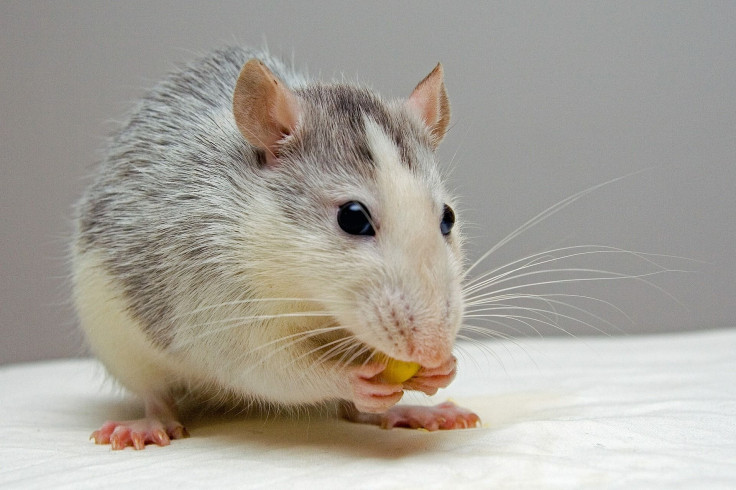Scientists Believe Brain-Infecting Parasite 'Rat Lungworm' Will Spread With Climate Change

Scientists have linked climate change to the rise in deadly heat waves and lyme disease-carrying ticks, and now environmental factors may be to blame for one more startling impact: a predicted rise in cases of rat lungworm, a brain-infecting parasite.
Read: More Plague Cases Identified In Santa Fe County, New Mexico: 4 Facts To Know About The Disease
Researchers at the University of Florida surveyed 18 counties and found that nearly 23 percent of rats, 16 percent of rat feces sampled, and almost 2 percent of land snails carried the nematode known as rat lungworm. All total, five counties throughout the state were infected. Nematodes are essentially parasites typically carried by animals but can be found in plants, water and soil.
“The parasite is here in Florida and is something that needs to be taken seriously,” said lead study author Heather Stockdale Walden, assistant professor in the UF department of infectious diseases and pathology, according to ScienceDaily. “The reality is that it is probably in more counties than we found it in, and it is also probably more prevalent in the southeastern U.S. than we think.”
According to scientists, about 2,800 cases of rat lungworm infections have been found in humans around the world, however, they think this figure skews lower as many cases go undetected or misdiagnosed. The team believes that increasing temperatures will cause the spread of rat lungworm.
Rat lungworm, or Angiostrongylus cantonensis as it’s scientifically known, finishes its life cycle by using rat and snail hosts. Not typically fatal in humans, people who are infected can be diagnosed with eosinophilic meningitis if the parasite reaches the brain, which could cause serious infections or even death.
Researchers say the most common way people would be infected is through ingesting snails. In a simple cycle, the parasite is passed like this: snails eat rat feces, contracting the lungworm larvae. Rats then eat the snails and the larvae enters the rodent’s circulatory system and is passed onto the brain. After growing into worms, they travel back to the circulatory system, into the pulmonary artery and reproduce. New larvae hatch and exit through the rat’s feces.
To prevent people from contracting the parasite, and potentially meningitis, scientists advise washing produce thoroughly. “Some snails are very small and can easily hide in lettuce leaves,” Walden said. “Teach children not to eat snails, and if they handle snails, make sure they wash their hands.”
According to the Centers for Disease Control, meningitis causes swelling of the membranes covering your brain and spinal cord. Eosinophilic meningitis, as is caused by rat lungworm, can also be contracted through slugs, freshwater prawns, fresh produce, frogs, raw fish, or fish that hasn’t been cooked properly, reports MedicineNet.
Pets can also contract meningitis and Walden recommends owners talking to their vets for safety tips and concerns.
See Also:
Lyme Disease Outlook 2017: Why The Risk For Tick-Spread Condition Is Growing
Deadly Heatwaves Keep Rising, New Study Warns



























